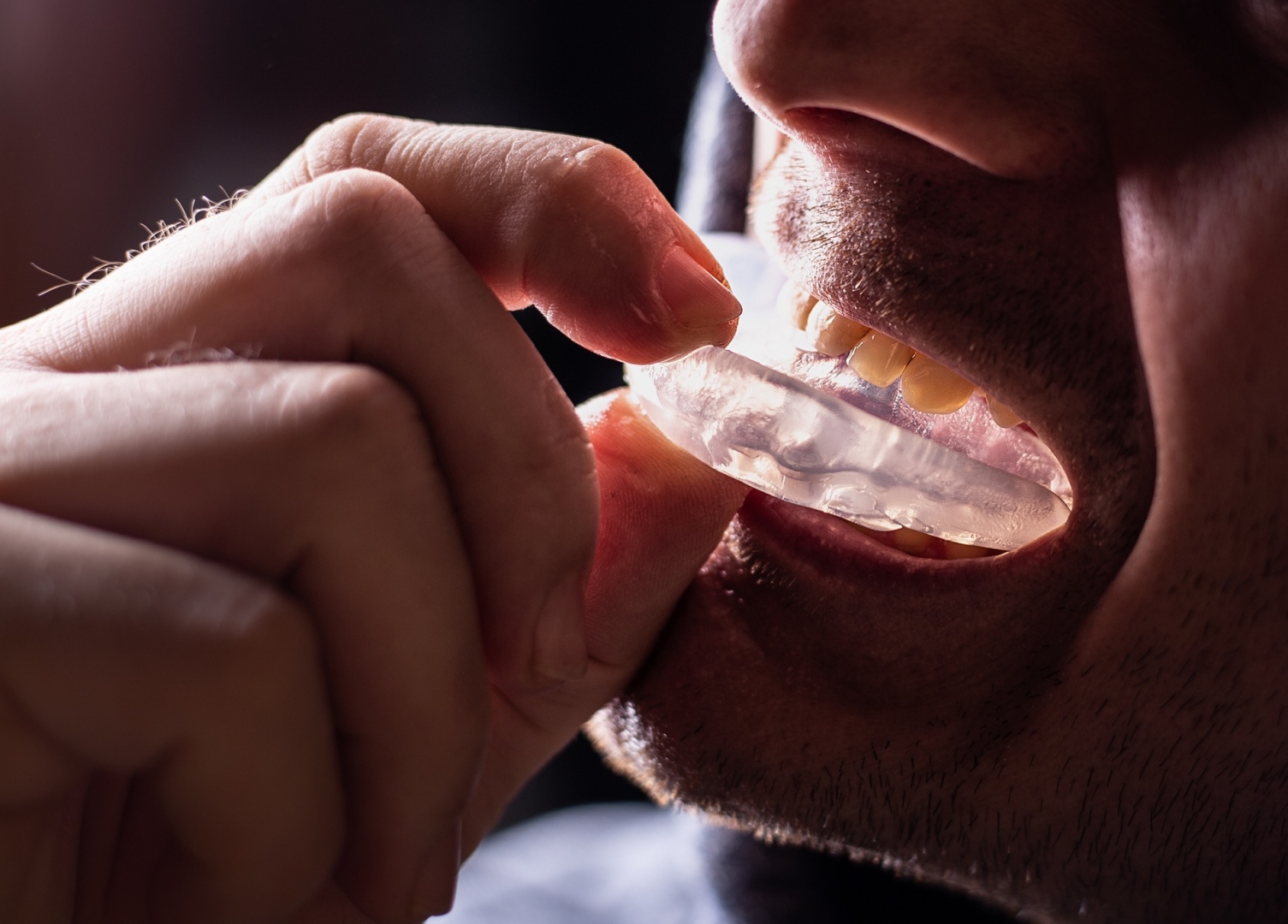How high-tech mouthguards are trying to fight concussion
Concussion is an ever-growing area of concern in many collision sports, but cutting-edge mouthguard technology is being developed in the hope of helping prevent or minimise head trauma.
Concussion technology – the mouthguards hoping to protect athletes
Massive hits are part of the adrenaline-filled entertainment package that many people love seeing in contact sports. These impacts have been par for the course in combat and field sports for many years but increasing evidence shows serious long-term effects of these impacts. Research suggests that repeated concussions can lead to issues with memory and fine motor coordination.
It is therefore imperative that clubs and organisations better measure these impacts for the health and safety of their players.
That’s why we got Chris Turner (CEO of Sport & Wellbeing Analytics) and Eoin Power (Head of Medical Services at Gloucester Rugby) on episode 95 of the Science for Sport Podcast.
Turner and Power combine years of experience in sport technology with practical advice from the top level of rugby to discuss how player health and performance can be improved with cutting-edge mouthguard technology.

It’s all about the accelerometer chips…
Until recently, a mouthguard was just a piece of plastic that many of us all swiftly spat out during PE lessons as kids. But the pros certainly don’t.
But why did Turner choose the mouthguard in an attempt to improve athlete safety? Well, it turns out this is the perfect place to insert tiny accelerometer chips.
“Previous research used sensors in helmets to try and measure collisions. But the problem you’ve got is that the skin and the hair move independently of the skull,” Turner said.
This means that what a helmet accelerometer reads, and what actually happens, can be drastically different. But cometh the hour, cometh the sport tech.
“So inevitably, that leads to a mouthguard because when you put a mouthguard in, it’s anchored to the teeth and that’s anchored into the skull. And that therefore moves as one,” Turner said.
How this technology helps the pros, and one day amateurs, too
So, what does the mouthguard actually measure? Well, there are loads of potential options, but one simplified measure is ‘contact load’, where many variables are combined to give a total load of the impacts received.
“What we’re measuring is rotational acceleration, which is measured in rads per second, which is gobbledygook to most people. But it also measures linear acceleration in G forces. So we combine those two to create something called a contact load,” Turner said.
With the help of Power, these mouthguards and metrics are transforming the way top teams monitor head impacts in both training and matches. Power gives the example of one of Gloucester’s key players, and how they have adjusted his weekly contact load.
“If we are aware that on a Saturday he’s going to achieve X amount of contacts or X amount of contact load, we’re confident we can reduce his overall contact training from Monday to Friday, to try to keep him fresh. Just exposing him to that minimum dose-response before playing that game. So that’s a really, really useful kind of metric that we use,” Power said.
READ MORE: How can you fast-track your recovery after a concussion?
It’s not only used in player monitoring throughout the week but in rehabilitation, especially after a concussion.
“This software allows us to prescribe exact quantities of contact at incremental periods and add at incremental contact loads, optimising the rehab process,” Power said.
Unfortunately, this technology is not yet available for all levels of sport but provided it’s well researched, it may well be in the future.
“We must start at the right level in a very well-regulated, managed, and monitored environment. And only then do we bring it down to the kids, much as we would love to do that right now. It’s important to take it in the right order,” Turner said.
Is this the future of fighting concussion?
So there you have it, it could be the future of fighting concussion in combat and field sports. However, for now, it’s only available to the pros. But keep your eyes peeled in the future for its release at sub-elite levels.
If you want to hear more from Turner and Power about how these mouthguards are used at the highest level, hit the link to listen to the full podcast.
You can download the podcast on any of the big hosting services, including Apple Podcasts and Spotify, or just use this link: https://scienceforsport.fireside.fm/89
Don’t forget to hit the subscribe button and be sure to give us a review and rating too!
[optin-monster slug=”nhpxak0baeqvjdeila6a”]




